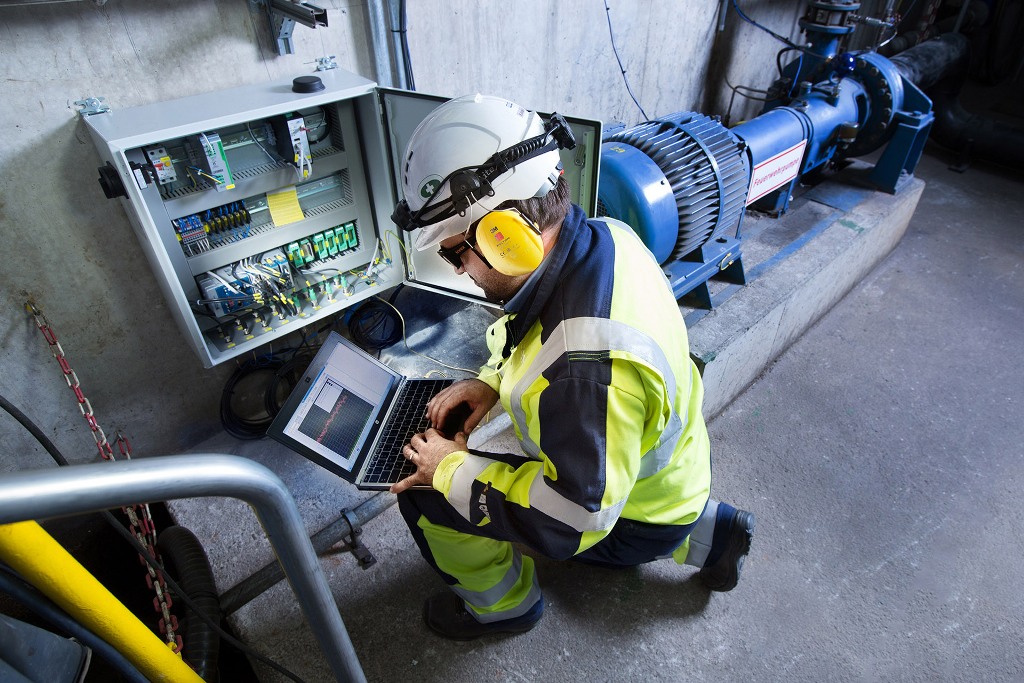Industrial pumps rarely make the news. They run quietly in the background, reliably moving fluids that keep manufacturing units, refineries, power plants and water networks functioning around the clock. But a new analysis by Sulzer revealed something surprising. These unassuming machines may be responsible for some of the biggest avoidable energy losses in the industrial world.

Across sectors, many pumps are operating far outside their ideal efficiency range, the study found. It is consuming more power, suffering more wear, and pushing up operating costs. The year-long study of 464 industrial pumps showed that a large portion of this waste could be prevented with timely monitoring and targeted upgrades.
After Sulzer published the whitepaper, Raja Unnadha, Head of Sulzer Services, India, spoke exclusively to Connected to India’s Sudipto Maity, explaining the findings in detail.

How the idea for the study emerged?
According to Raja, the inspiration for the study came directly from real-life customer engagements and data from Sulzer’s digital tools.
“Our fieldwork, conversations with customers, and insights from Sulzer’s BLUE BOX – a real-time, data-driven analytics solution revealed a growing trend of substantial energy loss. These insights translate to significant opportunities for operators to optimise performance, reduce waste and improve both operational and cost efficiency. The goal of the study was twofold: to raise awareness of these opportunities among pumping system operators and to highlight the solutions available to them,” he said.
In short, what engineers were observing on the ground, and what the data kept confirming, was too widespread to ignore.
Asked why pump inefficiencies go unnoticed, Raja said many plants fail to review the performance of pumps over time. “It is true that pumps account for a substantial share of industrial energy consumption, but in practice this fact is often overlooked. This is partly due to the ‘out of sight, out of mind’ nature of these systems – once installed, they typically run reliably in the background until a fault occurs,” he said.
Since pumps quietly perform their tasks without demanding attention, they are rarely examined until something breaks. This reactive approach comes at a cost. “Consequently, there are often only limited proactive reviews of their energy efficiency over time, despite the fact that optimisation could yield substantial savings and sustainability benefits,” he added.
Some regions, however, have recognised this gap and are already taking action.
“The level of attention to pump optimisation varies significantly by country,” Raja said, adding, “with Norway, the UK, Spain, the UAE, and Saudi Arabia being among the more proactive nations… China offers a notable example of proactive action; its coal-fired power sector is working to reduce coal consumption specifically by improving pump efficiency within its power plants.”
India, with its rapidly expanding industrial infrastructure, stands to benefit significantly from the same mindset.
Digital tools bringing new clarity
One reason the scale of pump inefficiency is finally emerging is the rise of digital monitoring systems like Sulzer’s BLUE BOX, which collects real-time operational data. “Blue Box by Sulzer is a real-time, data-driven analytics solution that enables industrial operators to monitor, assess, and optimise the performance of pumps, across a wide range of sectors, including power generation, water utilities, and oil and gas,” he said.
BLUE BOX works by analysing vibration, pressure, flow, temperature and energy consumption—turning raw data into insights that maintenance teams can act on early. Importantly, it is not tied to a single pump brand.

“It is also vendor-agnostic and can be deployed across mixed pump brands, not just those made by Sulzer. This makes it especially valuable in large, complex facilities where multiple brands of pumps are used,” he said.
For Indian industries navigating fast growth and digital transformation, this capability is particularly relevant.
“For markets like India, where industrial infrastructure is rapidly scaling and there is a growing emphasis on energy efficiency, digital transformation, and operational resilience, Blue Box provides a practical path toward smarter asset management,” Raja said. As he put it, the tool can assist everyone, from water utilities to power stations.
“Whether it’s a municipal water authority trying to reduce leakage and pump energy use, or a power plant looking to streamline maintenance and cut emissions, Blue Box offers the visibility and intelligence needed to operate more efficiently, sustainably, and safely,” he said.
Replacing pumps
A common question among operators is when to replace ageing pumps. According to Raja, pumps generally last two decades or more. “The expected service life of an industrial pump typically ranges from 20 to 25 years, depending on usage and maintenance,” he said, adding that longevity doesn’t always mean efficiency. The study also uncovered a worrying trend.
“Our study analysed 464 industrial pumps over 12 months and found that 68 percent operated outside their preferred operating region (POR) for more than half their run time, with 44 percent doing so more than 80 percent of the time,” he stated.
This means most pumps are consuming more energy than necessary simply because they are not operating where they should be. Instead of opting for full replacements, Sulzer has recommended mid-life efficiency upgrades.
“These mid-life interventions typically deliver 5-10 percent (or more) energy savings, reduce operating risk, stabilise performance, and offer a strong return on investment,” he said.


